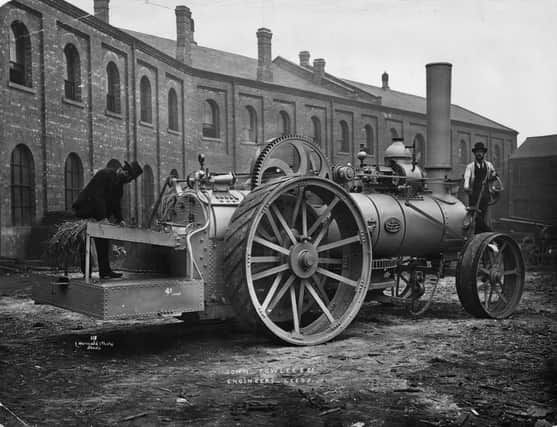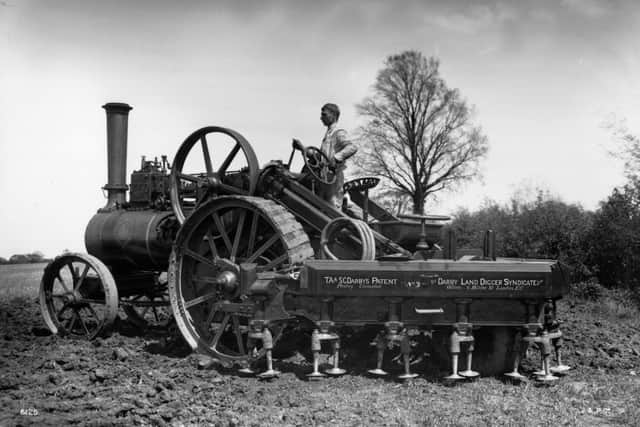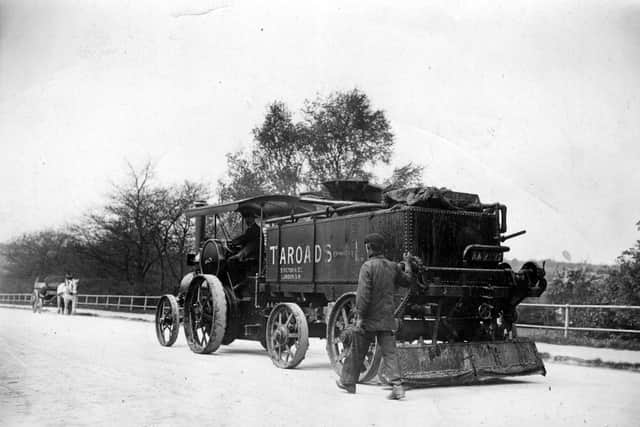The traction engines behind Leeds’ industrial revolution


Leathley Road, inside the spider’s web of the one-way system and behind the Crown Point shopping centre, is less than a mile from the centre of Leeds yet it is a backwater.
But a century and a half ago, it stood as a symbol of Britain’s industrial might. More than 1,000 men turned up each day at the John Fowler factory alone.
Advertisement
Hide AdAdvertisement
Hide AdFowler was one of the great names of the traction engine era. These wheeled leviathans, evolved from the stationary steam engines of a generation earlier, were the workhorses of agriculture and haulage in an age before petrol, and Leeds was a centre of production.


John Fowler was an agricultural engineer from the West Country, who had seen the potential for mechanisation after witnessing the effects of the potato famine in Ireland. His idea was to harness the power of steam to plough the farmers’ fields in straight lines, and by 1860 his Steam Plough Works was up and running, next to a locomotive plant off Leathley Road. The following year, Fowler trialled a steam plough that could scarify four acres in four hours.
He did not live to see his factory in its heyday. He suffered a nervous breakdown in 1864, and died not long afterwards. But his brother, Robert, took the business forward and it survived a string of mergers and acquisitions that kept it going long after traction engines had retreated to a niche market. During the Second World War, it was making tanks for the Army, and production did not finally cease until 1974.
Meanwhile, other steam engines continued to be used well into the modern era. As late as the 1960s, steam-powered road rollers were being used to flatten sections of the M1.
Support The Yorkshire Post and become a subscriber today.


Advertisement
Hide AdAdvertisement
Hide AdYour subscription will help us to continue to bring quality news to the people of Yorkshire. In return, you’ll see fewer ads on site, get free access to our app and receive exclusive members-only offers.
So, please – if you can – pay for our work. Just £5 per month is the starting point. If you think that which we are trying to achieve is worth more, you can pay us what you think we are worth. By doing so, you will be investing in something that is becoming increasingly rare. Independent journalism that cares less about right and left and more about right and wrong. Journalism you can trust.
Thank you
James Mitchinson
Comment Guidelines
National World encourages reader discussion on our stories. User feedback, insights and back-and-forth exchanges add a rich layer of context to reporting. Please review our Community Guidelines before commenting.